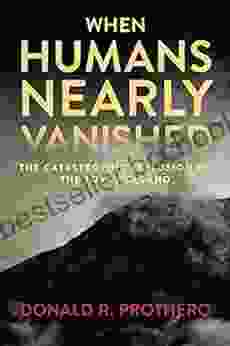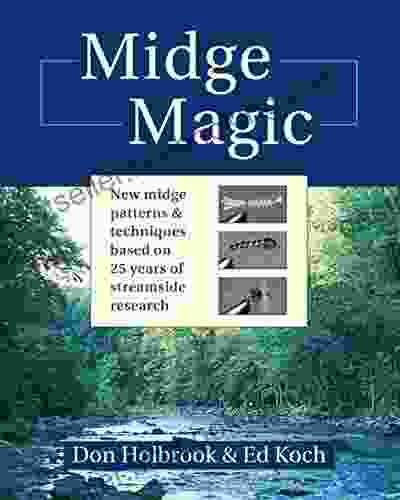Unveiling the Devastation: The Catastrophic Explosion of the Toba Volcano

Amidst the tapestry of Earth's geological history, one colossal event stands out as a turning point: the cataclysmic explosion of the Toba Volcano. This cataclysmic eruption, estimated to have occurred 74,000 years ago, reverberated through the Earth's atmosphere and profoundly reshaped the course of human evolution.

4.2 out of 5
| Language | : | English |
| File size | : | 23079 KB |
| Text-to-Speech | : | Enabled |
| Screen Reader | : | Supported |
| Enhanced typesetting | : | Enabled |
| Word Wise | : | Enabled |
| Print length | : | 207 pages |
The Eruption
Imagine a cataclysm of unimaginable proportions. The Toba Volcano, nestled in present-day Indonesia, erupted with a force equivalent to 2,800 times the energy released by the Hiroshima atomic bomb. A colossal plume of ash and debris soared into the atmosphere, reaching heights of over 50 kilometers.
The ash clouds, carried by prevailing winds, enveloped the planet in a thick, suffocating blanket. Sunlight was blocked out for months on end, plunging the Earth into a volcanic winter. Temperatures plummeted, vegetation withered, and ecosystems collapsed.
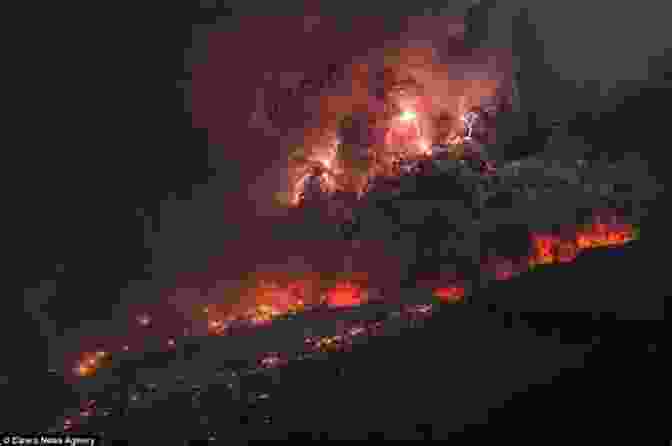
Global Consequences
The Toba eruption had a profound impact on life on Earth. The global climate was severely disrupted, with temperatures plummeting and rainfall patterns shifting dramatically. The volcanic winter lasted for years, decimating plant and animal life.
Scientists believe that the eruption may have triggered a global population bottleneck, reducing human populations to as few as 10,000 individuals. This bottleneck had a profound genetic impact, shaping the genetic diversity of modern humans.
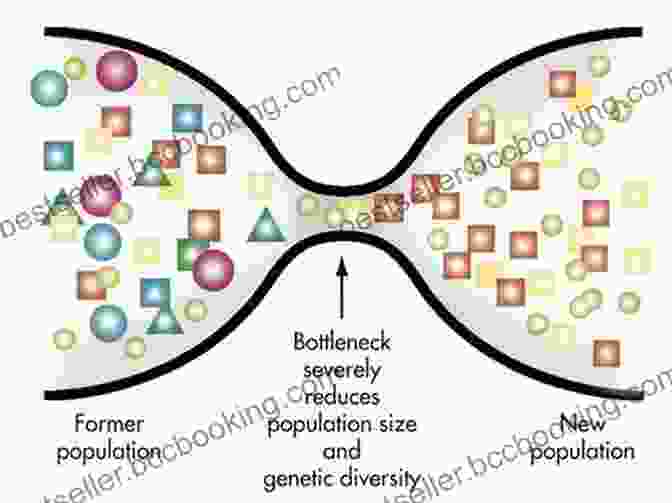
Archaeological Evidence
Archaeological discoveries around the globe provide compelling evidence of the Toba eruption's devastating effects. Thick layers of ash and debris have been found in archaeological sites, indicating global distribution.
In India, the eruption coincides with the disappearance of the Middle Paleolithic tool industry, suggesting a major disruption to human activity. Similar findings have been made in Africa, where the eruption is linked to a decline in toolmaking and a shift in hunting strategies.
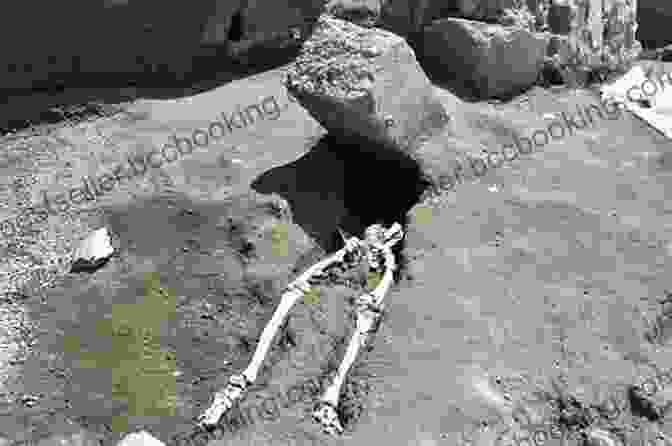
Genetic Studies
Genetic studies have further solidified our understanding of the Toba eruption's impact on human evolution. Mitochondrial DNA (mtDNA) analysis reveals a sharp decline in genetic diversity around 74,000 years ago, consistent with a population bottleneck.
Moreover, studies suggest that the most recent common ancestor of all modern humans lived shortly after the Toba eruption, supporting the idea of a post-eruption population recovery.
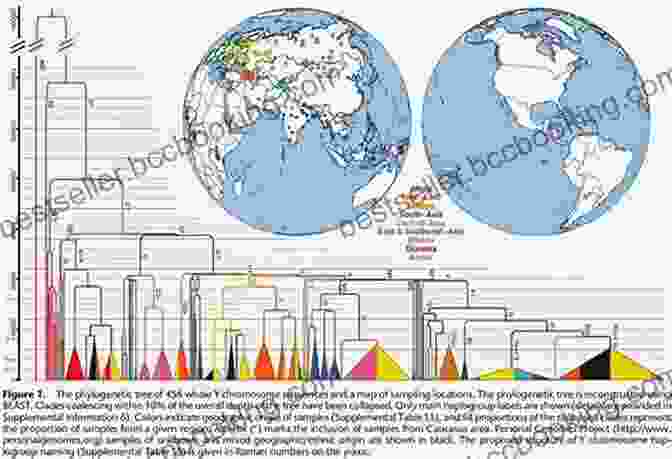
Controversies and Theories
Despite the overwhelming evidence, the Toba Catastrophe Theory remains a subject of debate. Some researchers argue for a more gradual decline in human populations, while others suggest multiple eruptions or other environmental factors may have contributed to the bottleneck.
However, the majority of scientific opinion supports the hypothesis that the Toba eruption played a significant role in shaping human evolution. The catastrophic event likely wiped out large populations, forced survivors to adapt to a harsh environment, and contributed to the genetic diversity of modern humans.

The Toba Volcano's catastrophic eruption 74,000 years ago was a transformative event in Earth's history. The immense force of the eruption and its global consequences reshaped the landscape, disrupted ecosystems, and left an enduring mark on human evolution.
Through archaeological discoveries, genetic studies, and ongoing research, we continue to unravel the complexities of this cataclysmic event. The Toba Catastrophe Theory serves as a poignant reminder of the power of nature and the resilience of life in the face of adversity.
4.2 out of 5
| Language | : | English |
| File size | : | 23079 KB |
| Text-to-Speech | : | Enabled |
| Screen Reader | : | Supported |
| Enhanced typesetting | : | Enabled |
| Word Wise | : | Enabled |
| Print length | : | 207 pages |
Do you want to contribute by writing guest posts on this blog?
Please contact us and send us a resume of previous articles that you have written.
 Book
Book Novel
Novel Page
Page Chapter
Chapter Text
Text Story
Story Genre
Genre Reader
Reader Library
Library Paperback
Paperback E-book
E-book Magazine
Magazine Newspaper
Newspaper Paragraph
Paragraph Sentence
Sentence Bookmark
Bookmark Shelf
Shelf Glossary
Glossary Bibliography
Bibliography Foreword
Foreword Preface
Preface Synopsis
Synopsis Annotation
Annotation Footnote
Footnote Manuscript
Manuscript Scroll
Scroll Codex
Codex Tome
Tome Bestseller
Bestseller Classics
Classics Library card
Library card Narrative
Narrative Biography
Biography Autobiography
Autobiography Memoir
Memoir Reference
Reference Encyclopedia
Encyclopedia Detlev Piltz
Detlev Piltz Dennis Snow
Dennis Snow Dr Andy Williams
Dr Andy Williams Douglas W Bonnot
Douglas W Bonnot Dev Petty
Dev Petty Diamond Press
Diamond Press Dr Robert C Worstell
Dr Robert C Worstell Debrah Martin
Debrah Martin Don Flowers
Don Flowers Diana Delrusso
Diana Delrusso Dennis G Zill
Dennis G Zill Dori Griffin
Dori Griffin Dorothy Hamill
Dorothy Hamill Douglas Rushkoff
Douglas Rushkoff Deidre M Pike
Deidre M Pike Deeny Kaplan Lorber
Deeny Kaplan Lorber Dow Phumiruk
Dow Phumiruk Douglas Waller
Douglas Waller Diana O Gilvie
Diana O Gilvie Dr Robert Pasahow
Dr Robert Pasahow
Light bulbAdvertise smarter! Our strategic ad space ensures maximum exposure. Reserve your spot today!
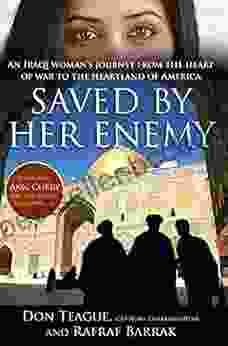
 Denzel HayesFrom the Heart of War to the Heartland of America: An Iraqi Woman's Inspiring...
Denzel HayesFrom the Heart of War to the Heartland of America: An Iraqi Woman's Inspiring... Jamie BlairFollow ·12k
Jamie BlairFollow ·12k D'Angelo CarterFollow ·15.7k
D'Angelo CarterFollow ·15.7k Jason HayesFollow ·7.3k
Jason HayesFollow ·7.3k Herman MitchellFollow ·7.9k
Herman MitchellFollow ·7.9k Kelly BlairFollow ·19.3k
Kelly BlairFollow ·19.3k Reed MitchellFollow ·15.2k
Reed MitchellFollow ·15.2k Cade SimmonsFollow ·7.4k
Cade SimmonsFollow ·7.4k Cormac McCarthyFollow ·15k
Cormac McCarthyFollow ·15k

 J.D. Salinger
J.D. SalingerThe Quintessential American Cook: A Culinary Journey with...
Prologue: The Man...

 Franklin Bell
Franklin BellIntroducing Romanticism: A Literary Guide to the Romantic...
Romanticism was a...

 Denzel Hayes
Denzel HayesThe Untold And Inspiring Story Of Eric Liddell Hero Of...
The Olympian Who Defied...
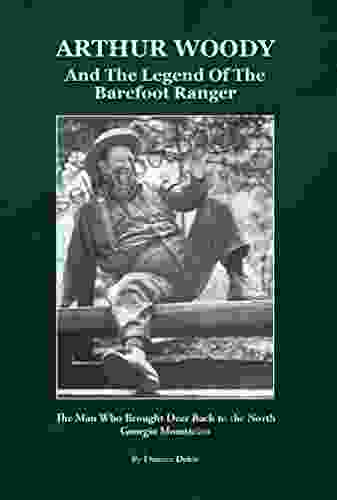
 Oscar Wilde
Oscar WildeDiscover the Enchanting Adventure of Arthur Woody and the...
Immerse Yourself in a World of Mystery,...

 Fernando Bell
Fernando BellAlibaba: The House That Jack Ma Built
The Rise of the Chinese E-Commerce Giant ...

 Leo Tolstoy
Leo TolstoyCrossing Continents: A History of Standard Chartered Bank
By John M. Smith Crossing...
4.2 out of 5
| Language | : | English |
| File size | : | 23079 KB |
| Text-to-Speech | : | Enabled |
| Screen Reader | : | Supported |
| Enhanced typesetting | : | Enabled |
| Word Wise | : | Enabled |
| Print length | : | 207 pages |


